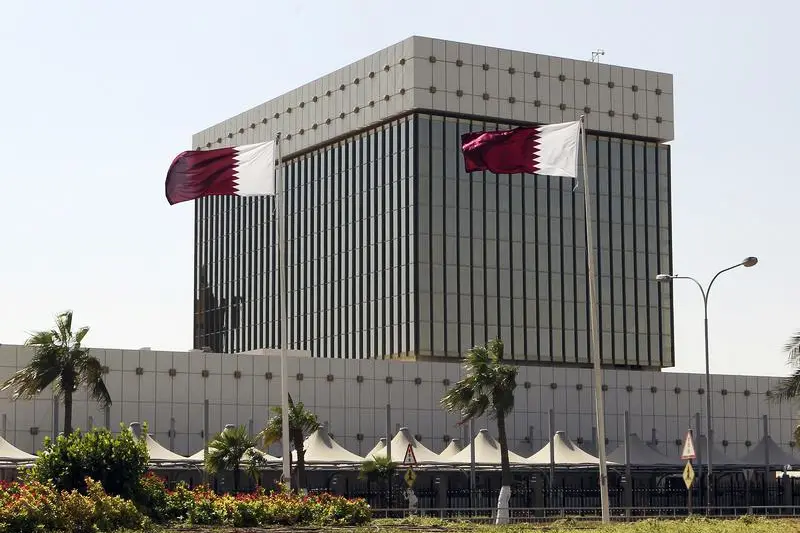PHOTO
Liquidity issues may force the Qatar Central Bank (QCB) to postpone the deadline for compliance to 100% loan-to-deposit ratio by one year to the end of 2018, according to the Ministry of Development Planning and Statistics (MDPS).
"The deadline for compliance may be postponed until end-2018, given liquidity issues faced by Qatar's banks, MDPS said in Qatar Economic Outlook 2016-18.
The QCB had announced in early 2014 that local lenders should adhere to a new loan-to-deposit requirement of 100% by the end of 2017.
Highlighting that currently the deposit side of the ratio includes only customer deposits and not long-term wholesale funds, which have recently been the primary source of funding, MDPS said banks are still in negotiation with the regulators to amend the loan-to-deposit formula to include long-term wholesale funds in the denominator.
Lower oil and gas revenues have caused public sector deposits in the domestic banking system to shrink, tightening liquidity and driving banks to raise funds abroad, it said.
Resident deposits - commercial banks' single largest domestic liability and funding source - dropped 2% year-on-year (y-o-y) in March 2016, when total domestic credit expanded by 13.9% y-o-y, driven by demand from the real estate and public sectors, MDPS said.
"This shortfall in domestic financing has taken the net foreign liability position of Qatar's banking system to QR121.7bn as of March 2016, or 10.7% of the system's asset base, up from 4% a year earlier," it said.
Tightening liquidity and fiscal concerns have pushed interbank rates and credit default swaps upwards, it said, adding with strong demand for credit from the private and public sectors, banks have sought to furnish loans to clients amid slowing deposit growth, helping to maintain the rise in the loan-to-deposit ratio.
In April 2016, the ratio for domestic banks stood at 130%, the highest among the six GCC (Gulf Cooperation Council) banking markets, the ministry observed.
Finding that in tandem the cost of funding has increased, MDPS said the Qatar Interbank Offered Rate (QIBOR) - a daily reference point for banks borrowing unsecured funds from other financial institutions - has risen sharply over the past year.
The overnight QIBOR increased by two-fifth y-o-y as of May 11, when the three-month QIBOR climbed by a third.
Qatari banks' efforts to raise funds abroad have in part been due to falling public sector deposits, but also to meet Basel III requirements, MDPS said.
Stressing that the QCB has a range of tools to tackle these issues, the ministry said it could reduce the three rates it controls to bring them closer in line with the US Federal Reserve's current rate: the deposit rate (0.75%), the loan rate (4.5%) and the repo rate (4.5%).
Additionally, the QCB could continue suspending Treasury bond issuances and reinstate the suspension of treasury bills. (After a four-month pause starting in early December 2015, QR1.5bn worth treasury bills - traditionally issued on a monthly basis - was issued on April 5, 2016.)
Moreover, the QCB could also adopt unconventional measures akin to those used by central banks elsewhere, including the direct purchase of commercial bonds and the acceptance of commercial bank liabilities as collateral for QCB extraordinary loans or equity injections in individual banks.
© Gulf Times 2016












